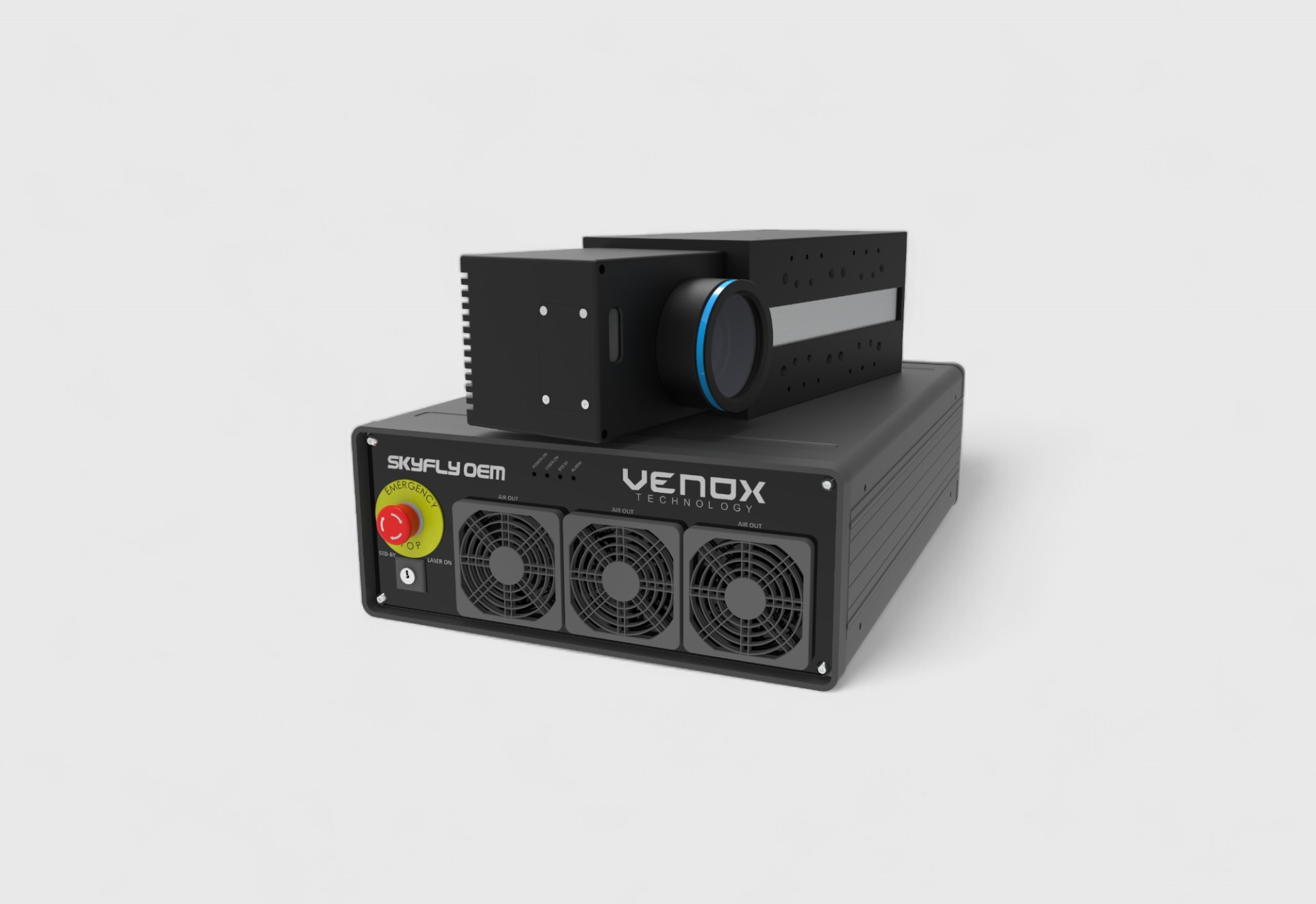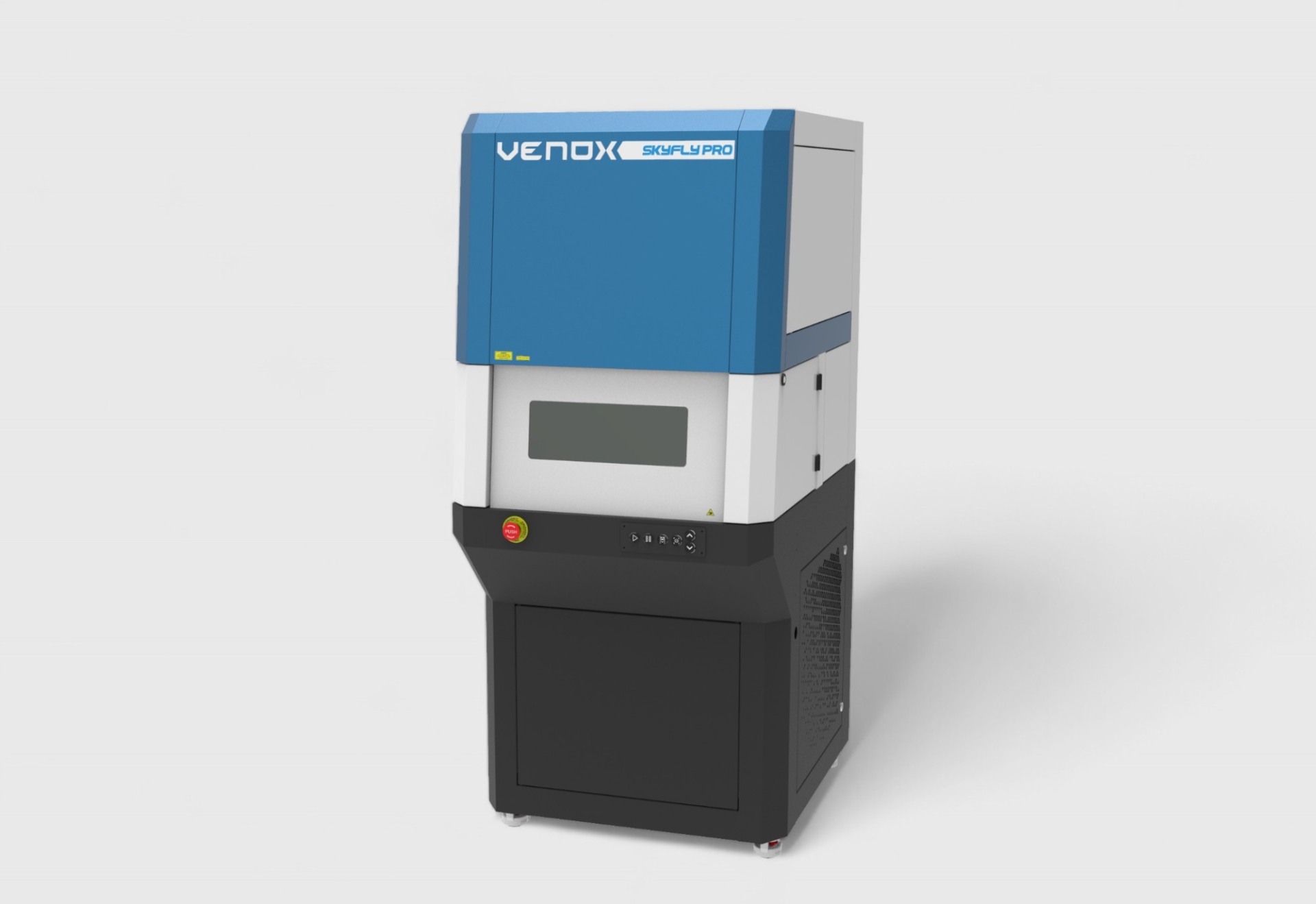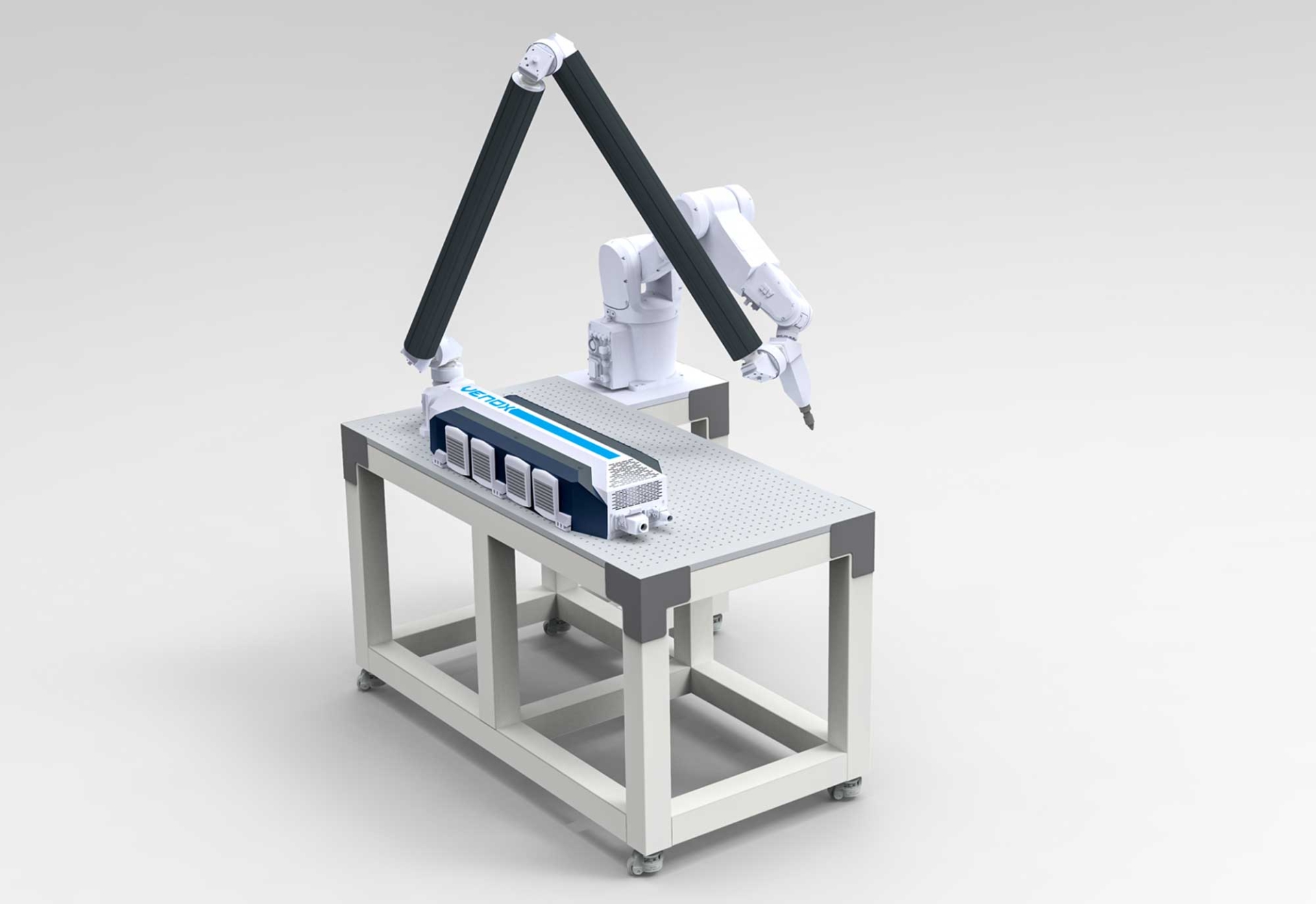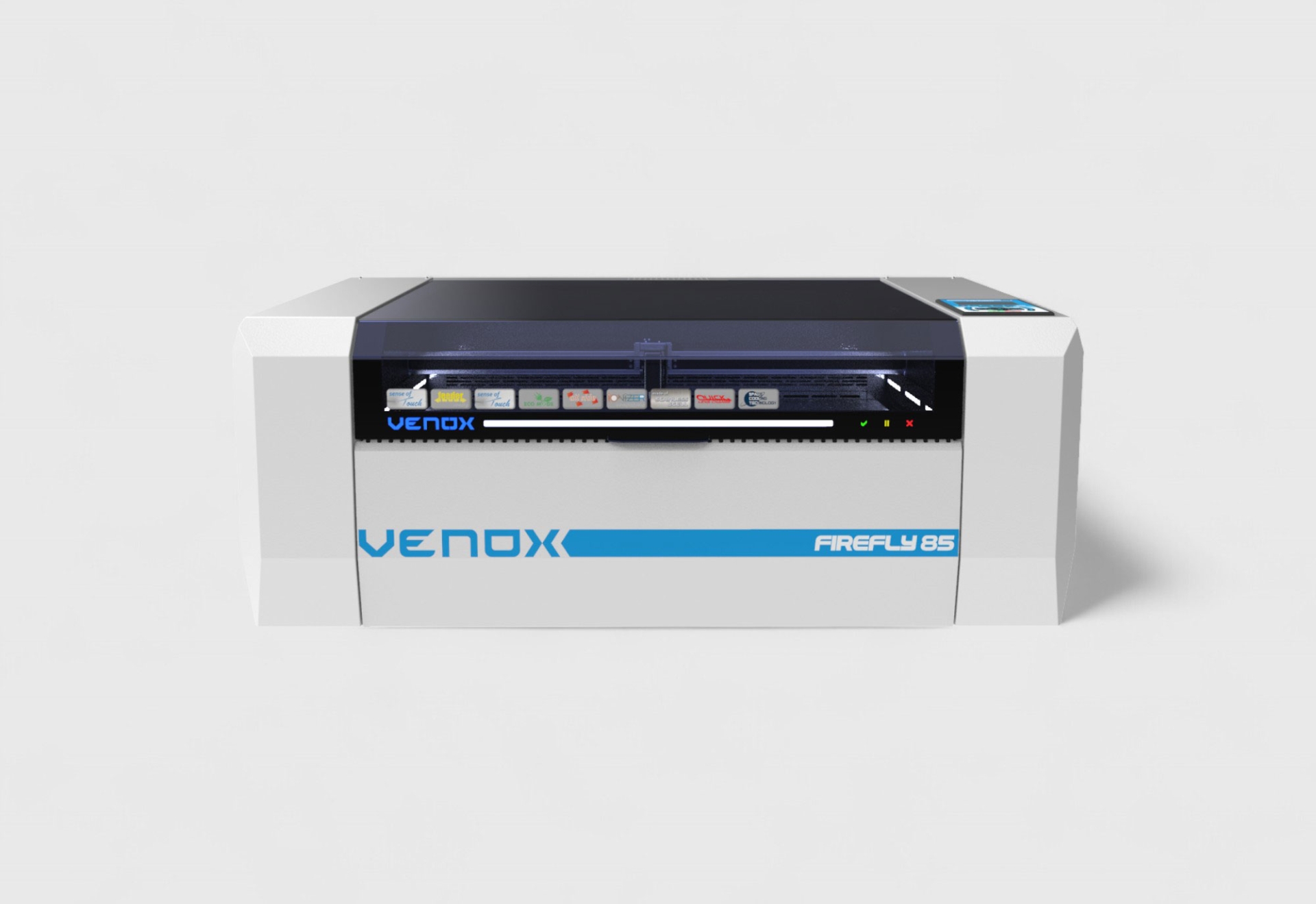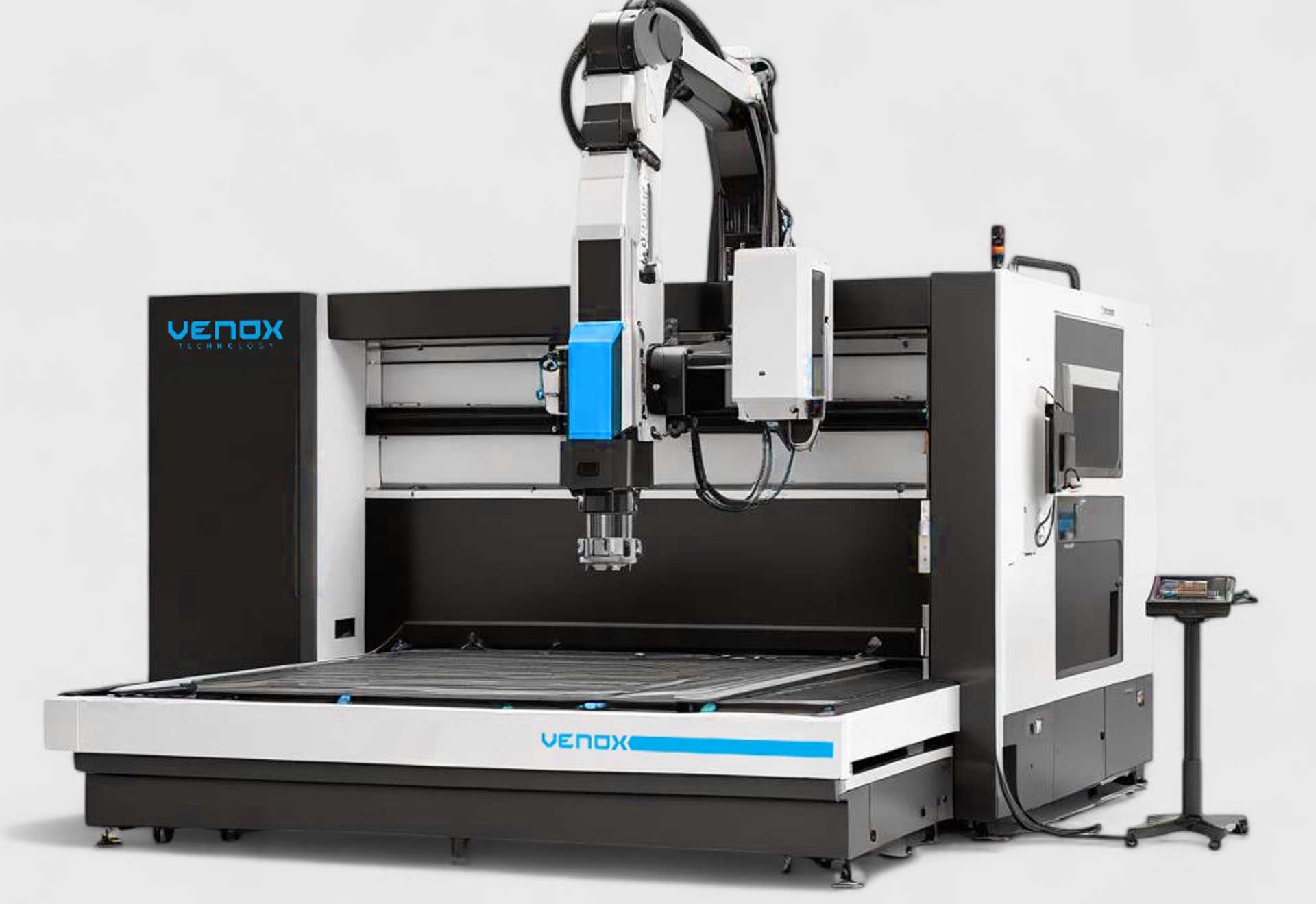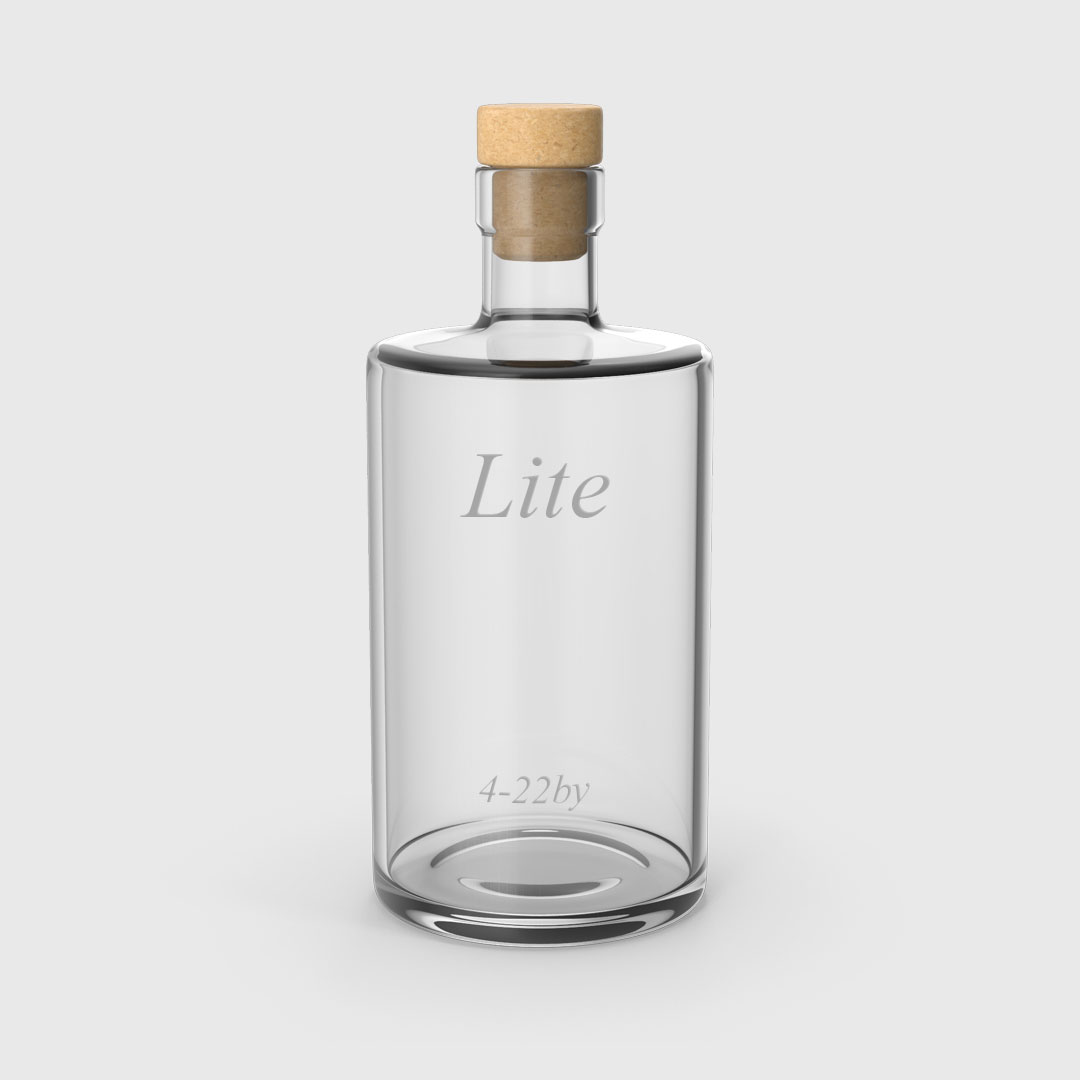DXF/SVG/AI File Preparation Guide for Glass Laser Cutting (Layers, Tolerances, Minimum Radius)
Proper file preparation in glass laser projects directly affects cost, lead time, and quality. This guide covers layer conventions, tolerance/minimum rules, and preflight checks. For sector context, visit the Glass sector page; for suitable equipment and efficiency, see Laser Cutting Systems and Laser Cutting & Marking Machines.
File Standards and Layer Conventions
Keep all geometry in vector format; convert text to outlines and label cutting/engraving on separate layers. The goal is to eliminate interpretation differences in production and shorten the cycle time.
Format, Units & Scale
- Format: DXF (R2000+), SVG, or AI. If raster content exists, use 300–600 DPI.
- Units: mm. State this clearly in the file info.
- Scale: 1:1. Prevent scale drift during import operations.
Layer Naming and Color Conventions
- Use separate layers for
CUT(cutting) andENGRAVE(engraving). - Optional guide layer:
GUIDE(not sent to production). - Colors per machine post-process: e.g., red = cutting, blue = engraving (document this).
Stroke, Joined Paths, and Closed Curves
- Stroke thickness does not transfer to production; for cutting, single lines must be closed contours, not centerlines.
- Join all edges; clean up broken/overlapping segments.
- Maintain consistent direction (CW/CCW) on closed curves; make inside–outside offsets unambiguous.
Fonts, Symbols, and QR
- Convert text to outlines via “Create Outlines” (remove font dependency).
- Ensure symbols are joined paths for individual units.
- For QR/serial number engravings, specify contrast and module size in the file.
Minimums, Tolerance Rules, and Nesting
Due to the brittle nature of glass, safe lower bounds must be used for hole size, edge distances, and inner radii. The guidelines below are general; validate with samples per supplier and machine.
Minimum Values (Guide)
| Rule | Recommendation | Explanation |
|---|---|---|
| Minimum hole diameter | ≥ glass thickness (most often ≥ 6 mm) | Small holes can trigger fracture |
| Hole–edge distance | ≥ 2 × glass thickness | Reduces edge stress |
| Hole–hole spacing | ≥ 4 × glass thickness | Limits stress accumulation |
| Inner corner radius | ≥ glass thickness | Avoid sharp corners |
| Engraving depth | Shallow (multiple light passes) | Reduces thermal load and microcracking |
Tolerances and Technical Notes
- Add a tolerance note in the file (e.g., ±0.2 mm general, ±0.3 mm for holes).
- Quality targets: edge chipping criterion and surface/engraving appearance.
- For tempered applications, processing order: cutting/holes/engraving → temper.
Nesting, Placement, and Scrap Reduction
- Note part orientations (state mirror/rotation constraints if any).
- Leave safe spacing between parts (3–8 mm depending on thickness).
- Optimize sheet usage and scrap to reduce unit cost.
For efficiency and machine scheduling, compare the solutions on the Laser Cutting Systems page.
Preflight Checklist (Before Production)
| Item | Check |
|---|---|
| Units & scale | mm and 1:1 confirmed |
| Layers | Clear CUT/ENGRAVE separation |
| Closed contours | No broken/overlapping segments |
| Minimums | Hole, edge distance, and inner radius within limits |
| Text | Converted to outlines |
| Notes | Tolerances and quality targets added |
You can plan the sample–series flow together with the appropriate machine family under Laser Cutting & Marking Machines.
Frequently Asked Questions (FAQ)
Should I prefer DXF, SVG, or AI?
It depends on your production line. DXF is the most common vector format; SVG/AI are also suitable. What matters is 1:1 scale, mm units, and clean, closed contours.
Why are overlapping lines a problem?
They cause the same path to be cut twice and increase thermal load; edge quality drops while time and cost increase.
Why are minimum hole size and inner radius tied to thickness?
As thickness increases, stress management becomes harder; safe minimums reduce the risk of cracking.
Should I add a special note for tempered glass?
Yes. Note that cutting/holes/engraving will be done before tempering; post-temper rework is not recommended.
